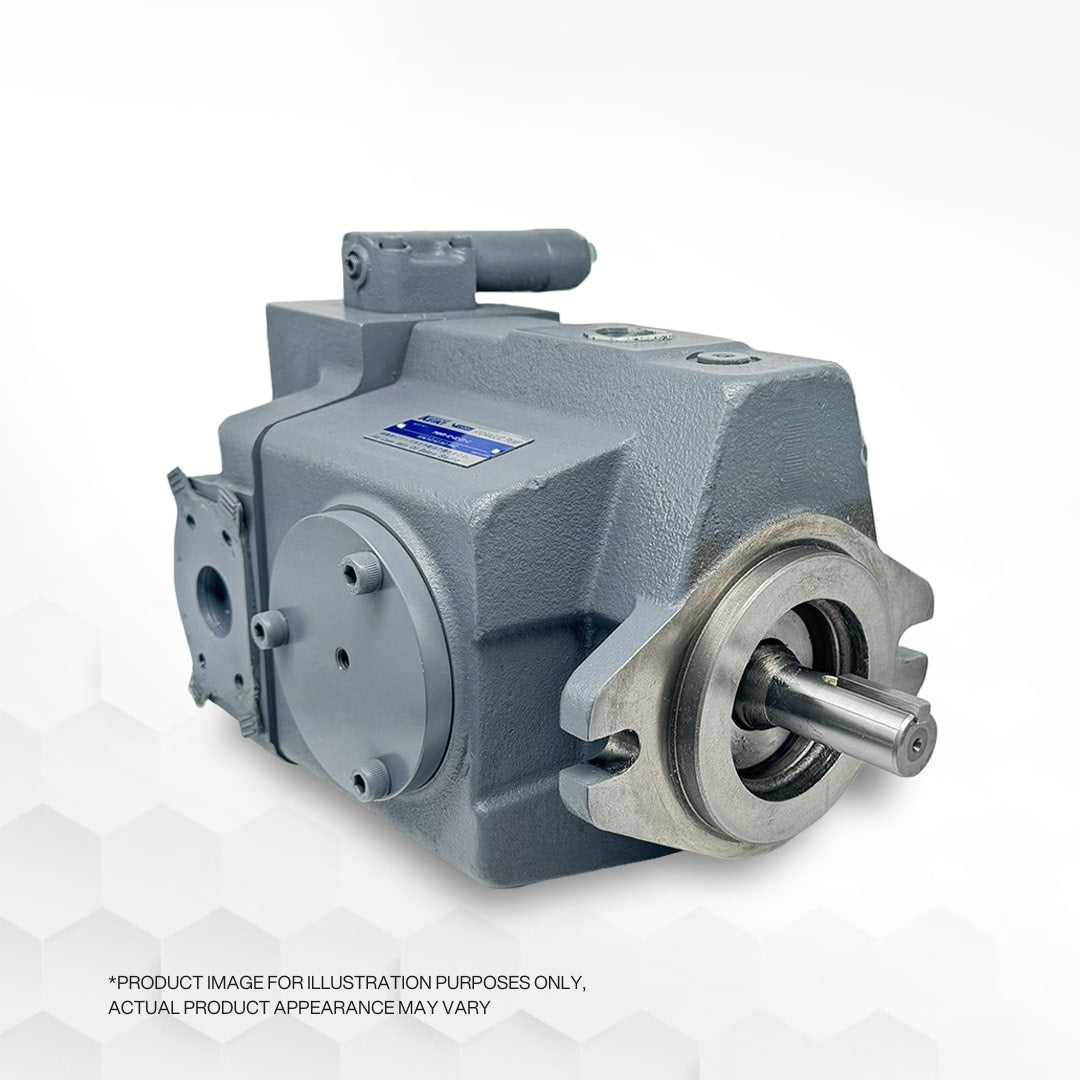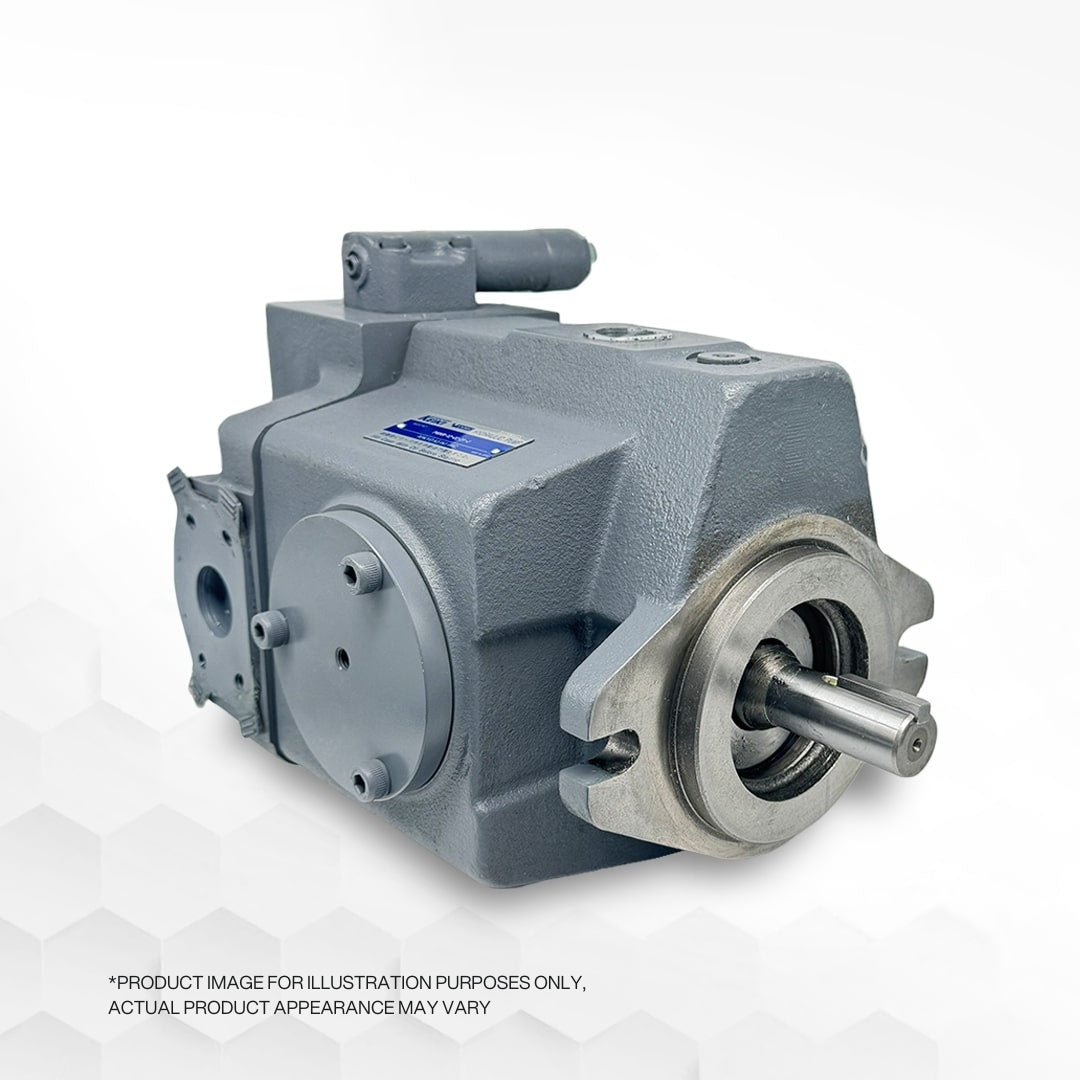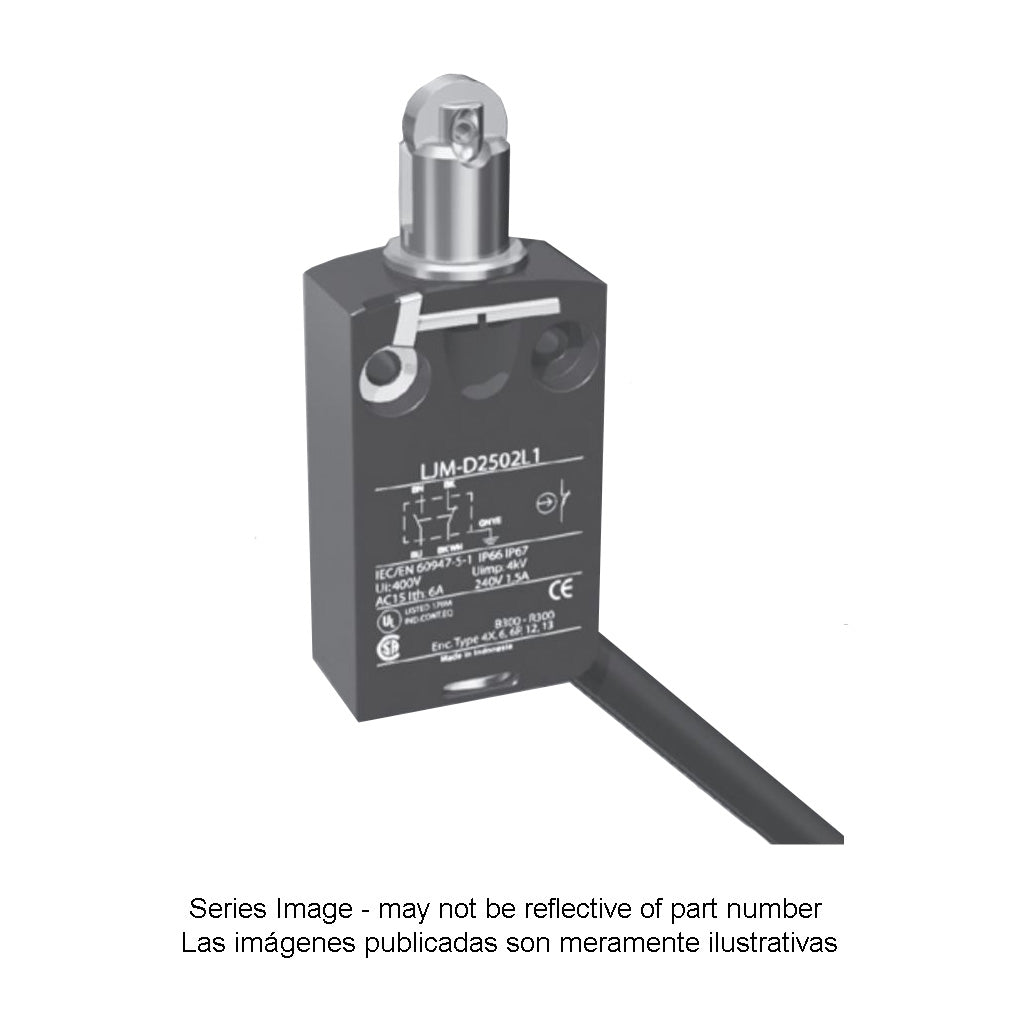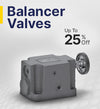
What are Modular Valves in the Hydraulic System
Modular valves play a vital role in diverse industrial applications, ensuring the smooth flow of hydraulic oil in processes like material feeders and platform movement, among others. These valves have gained widespread adoption due to their ability to regulate fluid flow in terms of direction, speed, and strength, offering advanced functionalities beyond traditional valves, as detailed in this article. By employing stacking techniques with mounting bolts, these stack-type valves enable the easy construction of hydraulic circuits, simplifying system design and facilitating swift assembly with minimal complexity. A primary objective of modular valves is space optimization, achieved by eliminating the need for extensive pipe connections.
The integration of modular valves into hydraulic circuits contributes to reducing installation space while providing effective safeguards against issues like noise, vibration, and oil leaks. The assembly process of modular valves resembles a child's building block model, requiring no intricate assembly skills. These valves are securely mounted on a predetermined size base plate, stacked one upon another, and protected by a plastic box panel to ensure durability and prevent particle infiltration. Specific inputs and outputs at designated locations facilitate the straightforward attachment of O-rings. Thanks to their fixed mounting, reconfiguring, testing, and repairing hydraulic circuits can be carried out safely and effortlessly by replacing the modular housing of the same size.
Among the most popular types of modular valves are flow control, pressure checkers, pressure control, and reversible shuttle valves. The pressure control modular valve, responsible for limiting pressure within specific areas, finds widespread use in industrial applications. Pressure checkers enable fluid flow when the predetermined hydraulic pressure is reached. Flow control modular valves play a crucial role in ensuring the safe operation of omnidirectional hydraulic motors by effectively regulating fluid flow. Notably, modular valves differ significantly in design and installation compared to regular valves, as the former eliminate the need for extensive piping.
In a modular valve design, various modules can be stacked on top of a base plate, simplifying installation and maintenance procedures. A spool valve or crossover plate is added to the stack to further facilitate these processes. Compared to threaded connections, modular valve assemblies boast a smaller overall volume, making them a preferable choice in certain applications. The main advantages of modular valves encompass reducing hydraulic oil leaks from both internal and external sources, streamlining assembly processes, minimizing system vibration to prevent failure, and enhancing system response time.








